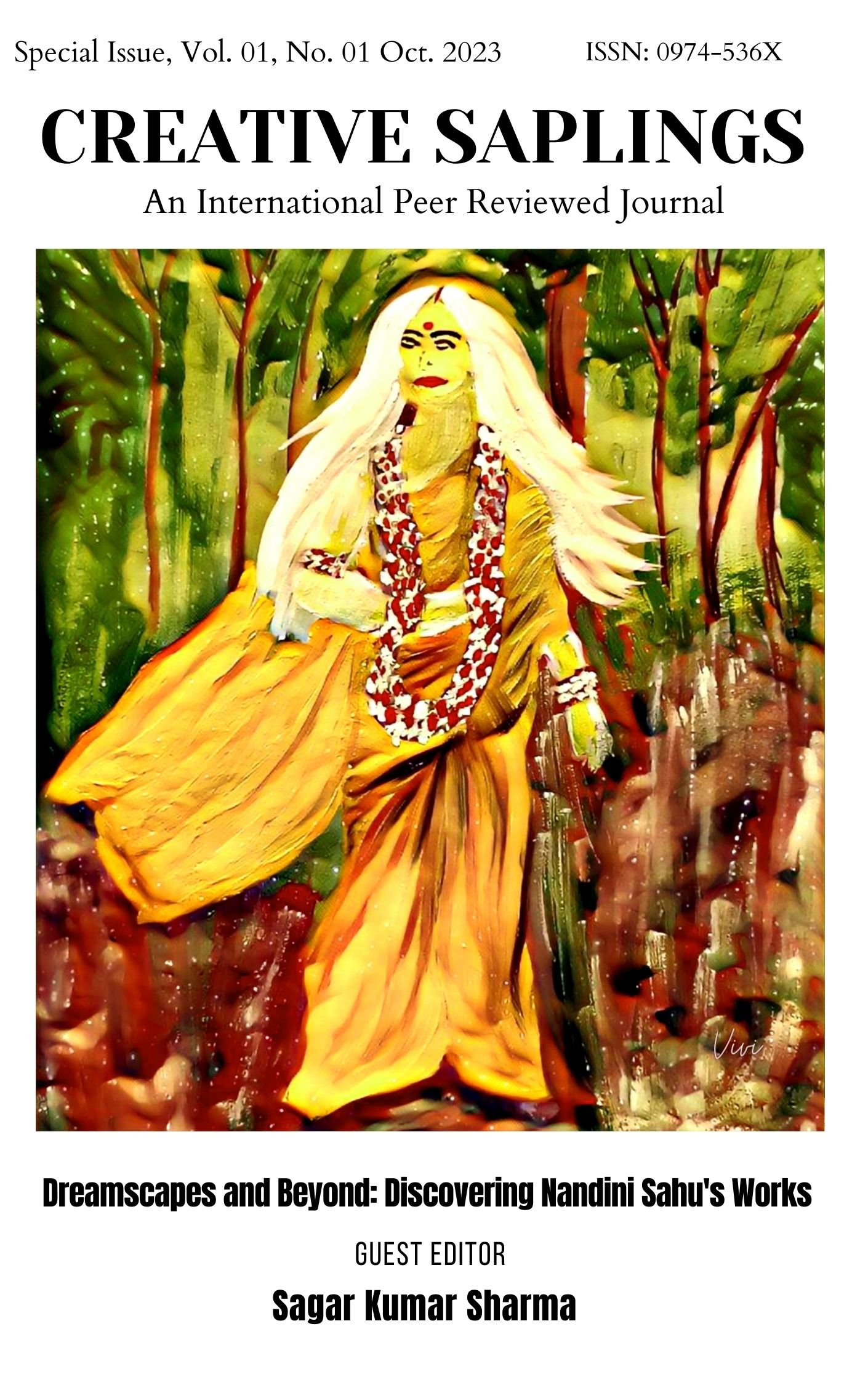A Study in Subversive Literature vis-à-vis Sita and Ahalya in the poems of Nandini Sahu
DOI:
https://doi.org/10.56062/gtrs.2023.1.01.415Keywords:
Subversive Literature, patriarchal institutions, Ahalya, Draupadi, Sita.Abstract
The Ramayana and Mahabharata are two timeless sources of inspiration for Indian folk poetry. Writers have attempted to reconnect with the past in an effort to lessen the poison of modernity and to restore aesthetic vitality through myth and folklore by re-reading them in the context of today. The characters have been scrutinized extensively and viewed through the prism of contemporary theories. Examples are Sita and Ahalya from Nandini Sahu. As renowned female figures, Ahalya, Draupadi, Sita, Tara, and Mandodari from the Indian epics Ramayana and Mahabharata are lauded. However, they occasionally experience subordination due to their gender. Although these characters have independent traits, a feminist spark, vigor, and rebellion, patriarchy has doomed them to submission and obedience. Indian epic-based literature frequently serves as a stage for subversive analyses of conventional stories. The values and tenets of an existing system are questioned in subversive literature, which also aims to change the patriarchal institutions and social norms.
Downloads
References
Cixous, Hélène. "The laugh of the Medusa (1975)." The Routledge language and cultural theory reader (2000): 161-166.
Eagleton, Terry. Marxism and literary criticism. Routledge, 2013.
Mukherjee, Srideep. “‘The Concert of Womanhood’: Reading Nandini Sahu’s Sita (A Poem).” The Criterion: An International Journal in English, vol. 7, Issue- 2, April 2016, pp. 137-150. https://www.the-criterion.com/V7/n2/023.pdf. Accessed 2 August 2023
Sahu, Nandini, Sita (A Poem) The Poetry Society of India, Gurgaon,2014
Sahu, Nandini, A Song, Half & Half- Love Poems by Nandini Sahu Black Eagle Publications, Dublin, OH, USA,2022, pp.26-28
Swingewood, A. (1977). Conclusion. In: The Myth of Mass Culture. Palgrave, London. https://doi.org/10.1007/978-1-349-15783-9_6

Downloads
Published
Issue
Section
License

This work is licensed under a Creative Commons Attribution-NonCommercial-NoDerivatives 4.0 International License.




